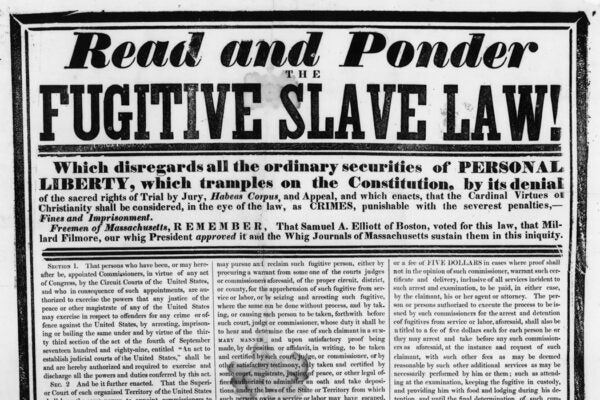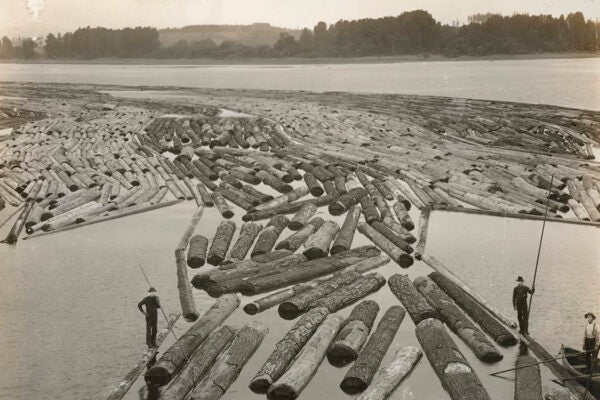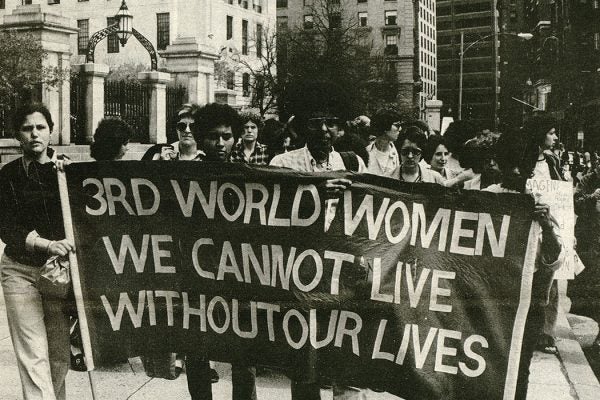The Intersection of Dance and Science
Lynn Matluck Brooks dives into the ever-evolving relationship between movement and technology.
The Fugitive Slave Act of 1850: Annotated
The Fugitive Slave Act erased the most basic of constitutional rights for enslaved people and incentivized US Commissioners to support kidnappers.
The Legends of Charles G. Leland’s Aradia
Leland’s interest in magic and folklore led him to northern Italy in search of remnants of “the old religion” of witchcraft.
The Mysterious Madame Montour
Montour presented herself as a cultural intermediary between Native Americans and whites in colonial America. But who was she?
Water Logs
Log drivers once steered loose timber on rivers across America before railroad expansion put such shepherds out of work.
Dummy Boards: the Fun Figures of the 1600s
These life-sized painted figures, popular in Europe and colonial America in the seventeenth and early eighteenth century, were designed to amuse and confuse.
The Combahee River Collective Statement: Annotated
The Black feminist collective's 1977 statement has been a bedrock document for academics, organizers and theorists for 45 years.
Julia C. Collins & the Black Elite of the Gilded Age
HBO's The Gilded Age has done its homework on Black History, creating a character based upon real life wealthy Black women of the time.
The Emancipation Proclamation: Annotated
Abraham Lincoln proclaimed freedom for enslaved people in America on January 1, 1863. Today, we've annotated the Emancipation Proclamation for readers.
The Declaration of Independence: Annotated
Related links to free scholarly context on JSTOR for the foundational document in American government.









